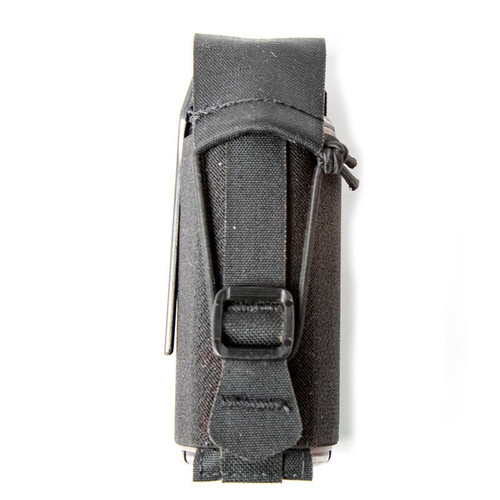-

Voodoo Tactical
Voodoo Tactical 20-972 Embroidered Blood Type Tag with Velcro
Original price $4.95Sale price $3.81 -

Safariland
Safariland Model 777 Slimline Triple Magazine Pouch for Glock 20 21
Original price $53.00 - $72.50Sale price $42.40 - $58.00 -

Rite in the Rain
Rite in the Rain All-Weather Top Spiral Notebook (4'' x 6'')
Original price $5.95Sale price $5.63 -

Voodoo Tactical
Voodoo Tactical 15-0058 Custom Series Mini Tobago Pack
Original price $109.95 - $119.95Sale price $93.95 - $99.95 -

BLACKHAWK!
Blackhawk S.T.R.I.K.E.® Small Radio/GPS Pouch - MOLLE
Original price $29.95Sale price $22.27 -

-

BLACKHAWK!
Blackhawk 37FS49BK Foundation Series Flashbang Pouch, Black
Original price $24.95Sale price $18.58 -

GH Armor
GH Armor HB2 ACH Level IIIA Ballistic Helmet
Original price $919.00 - $979.00Sale price $540.34 - $586.20Free Shipping -

Battle Steel
Battle Steel BS625-2036III+WS TACLite Ballistic Shield with View Port Level III+ M855/M80 7.62mm, 20" x 36"
$1,966.13Free Shipping -

Boston Leather
Boston Leather Model 5574 Strion Loop Holder
Original price $18.60 - $22.20Sale price $12.05 - $14.37 -

Safariland
Safariland Model 777 Slimline Triple Magazine Pouch for STI 2011
Original price $57.50 - $72.50Sale price $46.00 - $58.00 -

Safariland
Safariland Model 777 Slimline Triple Magazine Pouch for Smith & Wesson M&P 45C
Original price $57.50 - $72.50Sale price $46.00 - $58.00
Tactical & Duty Gear
Explore our range of tactical and military gear, tailored to meet your operational needs. From deployment gear to military police equipment, we've got you covered. We prioritize reliability, offering gear from top manufacturers like BLACKHAWK!, Bianchi, Safariland, and Streamlight. Whether you're outfitting an agency or unit, streamline your procurement process by sourcing all your gear from one place. We provide worldwide shipping to military APO/FPO addresses via USPS priority mail.
For law enforcement officers, duty brings a spectrum of situations, from assisting lost tourists to confronting violent criminals. Our modern duty gear ensures convenient portability for essential equipment, such as handcuffs, radios, flashlights, and spare magazines, with a complete loadout weighing around 20 pounds. Designed for waist-level accessibility on a standard duty belt, our gear enables officers to swiftly access and deploy equipment in emergency situations.
Free Shipping On
Orders Over $99
Return Within
30 Days
Most Orders Ship
Within 24 Hrs
Secure Online
Shopping




